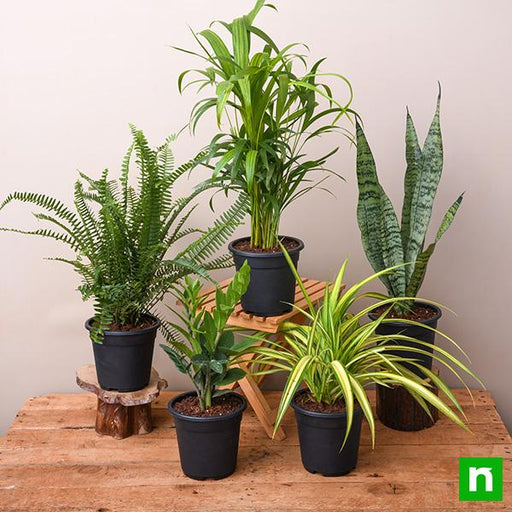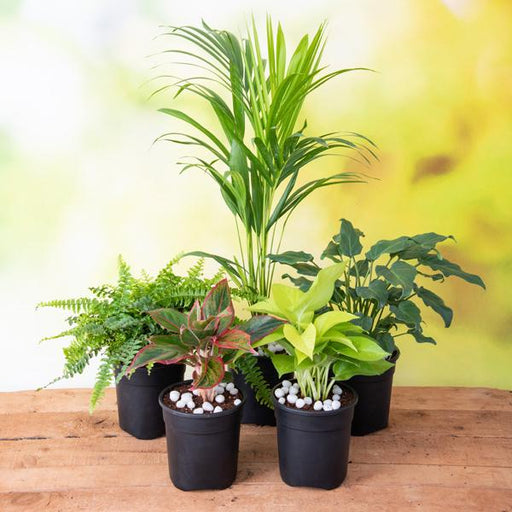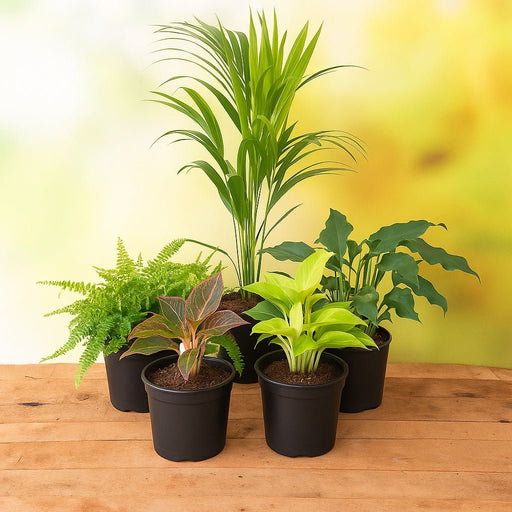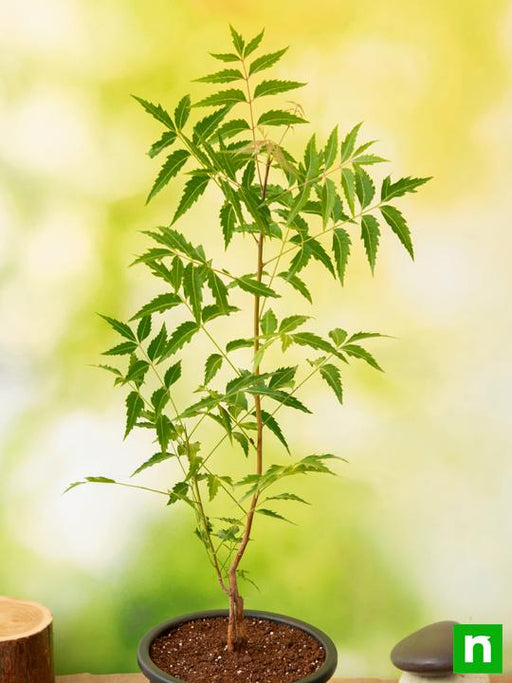Carbon sequestration
Carbon sequestration is the process of capturing and storing carbon dioxide (CO2) to reduce the amount of greenhouse gases in the atmosphere. Plants absorbing CO2 at night play an important role in carbon sequestration as they take in more CO2 during this time.
Photosynthesis
Photosynthesis is the process by which plants use sunlight to convert CO2 and water into energy-rich sugars. While photosynthesis primarily occurs during the day, plants continue to absorb CO2 at night, albeit at a slower rate.
Respiration
Plants release CO2 during respiration, the process by which they break down sugars to release energy. However, this is balanced out by the fact that they also absorb CO2 during photosynthesis and at night.
Net carbon uptake
Net carbon uptake is the difference between the amount of carbon that a plant absorbs and the amount that it releases through respiration. Plants absorbing CO2 at night can contribute to a higher net carbon uptake.
Nighttime carbon fixation
Nighttime carbon fixation is a process by which plants absorb CO2 at night and store it as organic acids. This process is especially important in plants that live in areas with high temperatures during the day, as they can reduce water loss by absorbing CO2 at night.
C3 plants
C3 plants are a type of plant that uses the C3 photosynthetic pathway, which is less efficient than the C4 pathway used by other plants. C3 plants are more likely to absorb CO2 at night to compensate for their lower photosynthetic efficiency.
CAM plants
CAM (Crassulacean acid metabolism) plants are a type of plant that opens their stomata at night to absorb CO2 and store it as organic acids. This process allows CAM plants to conserve water during the day and thrive in arid environments.
Stomatal conductance
Stomatal conductance refers to the rate at which stomata, small openings on plant leaves, allow gases like CO2 to enter and exit the plant. Plants that have high stomatal conductance may absorb more CO2 at night.
Environmental factors
Environmental factors such as temperature, humidity, and light can all impact the rate at which plants absorb CO2 at night. For example, plants may absorb more CO2 at night if the temperature is cooler.
Carbon cycle
The carbon cycle is the natural process by which carbon moves between the atmosphere, oceans, and land. Plants play an important role in the carbon cycle by absorbing CO2 during photosynthesis and at night.
Greenhouse gases
Greenhouse gases like CO2 contribute to global warming by trapping heat in the atmosphere. Plants absorbing CO2 at night can help to reduce the amount of greenhouse gases in the atmosphere.
Carbon footprint
A carbon footprint is a measure of the amount of CO2 and other greenhouse gases that are emitted as a result of human activities. Planting trees and encouraging plants to absorb CO2 at night can help to reduce our carbon footprint.
Climate change
Climate change is a long-term shift in global weather patterns that is primarily caused by human activity. Plants absorbing CO2 at night can help to mitigate the effects of climate change by reducing the amount of greenhouse gases in the atmosphere.
Carbon dioxide levels
Carbon dioxide levels in the atmosphere have been steadily increasing over the past century due to human activities like burning fossil fuels. Plants absorbing CO2 at night can help to reduce the amount of CO2 in the atmosphere.
Carbon sink
A carbon sink is any natural or artificial system that absorbs more carbon than it emits. Plants are an important carbon sink as they absorb CO2 during photosynthesis and at night.
Deforestation
Deforestation, the process of clearing forests for agriculture, urbanization, or other purposes, contributes to increased levels of CO2 in the atmosphere as trees are no longer able to absorb and store carbon. Planting trees and encouraging plants to absorb CO2 at night can help to offset the effects of deforestation.
Soil carbon
Soil carbon refers to the carbon that is stored in the soil, which can help to reduce the amount of CO2 in the atmosphere. Plants play an important role in soil carbon storage as they release carbon through their roots, which is then stored in the soil.
Urban forestry
Urban forestry is the practice of planting and maintaining trees in urban areas for environmental, social, and economic benefits. Plants absorbing CO2 at night can help to improve air quality and reduce the heat island effect in urban areas.
Ecological footprint
An ecological footprint is a measure of the impact that human activities have on the natural environment. Encouraging plants to absorb CO2 at night can help to reduce our ecological footprint and promote sustainable living.
Renewable energy
Renewable energy sources like wind and solar power generate electricity without producing greenhouse gas emissions. Encouraging plants to absorb CO2 at night can help to offset the emissions that are still produced by non-renewable energy sources and promote the transition to renewable energy.

































































